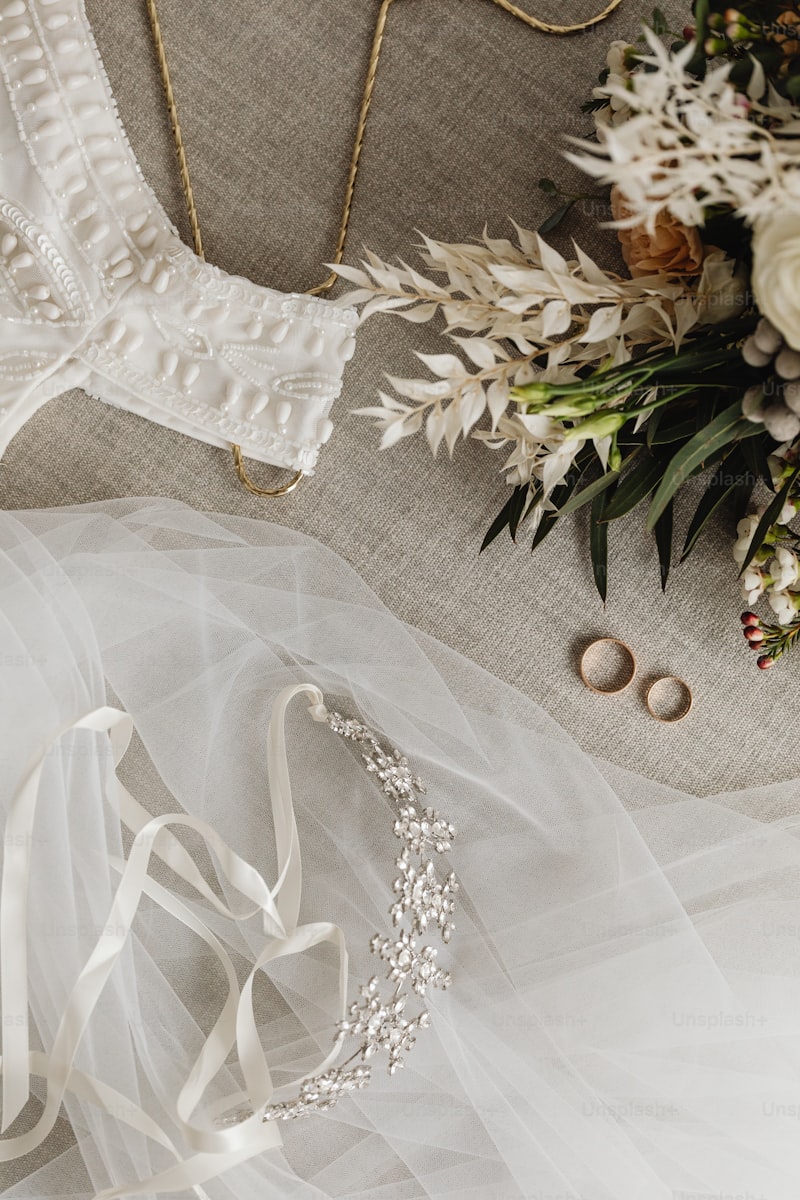A Comprehensive Guide to Veil Fabrics: Types, Uses, and Tips
Understanding Veil Fabrics
Veil fabrics have long held a special place in the world of fashion, particularly in bridal wear. Whether you are a bride-to-be shopping for the perfect veil or a designer considering new fabric options, understanding the variety of veil fabrics available is essential. This guide will walk you through the different types of veil fabrics, their uses, and some tips to help you choose the right one for your needs.
Types of Veil Fabrics
When it comes to selecting veil fabrics, the options are vast, each offering unique qualities and appearances. Here's a closer look at some of the most popular types of veil fabrics:
| Fabric Type | Description | Common Uses |
| Chantilly Lace | Powdery, delicate lace with floral motifs and a scalloped edge. | Bridal veils, evening wear. |
| Tulle | Lightweight, net-like fabric that is popular for its volume. | Bridal veils, skirts, and overlays. |
| Organza | A thin, lightweight, and crisp fabric that offers a shiny finish. | Bridal veils, formal wear. |
| Silk | A luxurious natural fabric that drapes beautifully. | High-end veils, custom designs. |
| Netting | Stiff, open-weave fabric often used for structure. | Birdcage veils, vintage styles. |
Choosing the Right Veil Fabric
With so many options available, selecting the right veil fabric can be overwhelming. Here are some factors to consider:
1. Purpose of the Veil
Consider the occasion for which the veil is intended. A bridal veil will have different requirements than a ceremonial one. For weddings, you might prefer lighter fabrics like tulle or organza that complement the gown without overwhelming it. Conversely, a decorative veil for special events might need richer fabrics like silk.
2. Style of the Wedding Dress
Your wedding dress style can heavily influence your choice of veil fabric. A heavily embellished gown may call for a more understated veil, whereas a simple dress might benefit from a more intricate fabric like Chantilly lace. Always try to achieve harmony between the dress and the veil.
3. Desired Length and Volume
The fabric type will also determine how much volume and flow your veil will have. For voluminous effects, tulle works wonderfully, while silk or organza may provide a sleeker look. Ensure that the veil length complements your height and the silhouette of your gown.
Care and Maintenance of Veils
Once you've chosen your ideal veil fabric, it’s crucial to understand how to care for it properly to prolong its life. Here are some maintenance tips:
1. Cleaning
Depending on the fabric, some veils can be hand washed gently, while others may require dry cleaning. Always check the manufacturer’s instructions. For lace veils, avoid washing the embroidered portions too harshly to prevent damage.
2. Storage
Store your veil in a cool, dry place, ideally in a fabric bag to prevent dust accumulation. Avoid hanging it up, as this can cause stretching, particularly with heavier fabrics.
3. Ironing and Steaming
If your veil needs pressing, always use a low temperature and keep the iron slightly away from the fabric to avoid scorching. A handheld steamer may be a safer option, especially for delicate lace or tulle.

Common Questions About Veil Fabrics
As you delve deeper into choosing the right veil fabric, you may have several questions swirling in your mind. Here we address some common queries:
What is the best fabric for a bridal veil?
There isn't a one-size-fits-all answer, as it largely depends on personal taste and the overall style of the wedding. Generally, tulle and organza are popular choices due to their versatility and elegance.
Can I wear a colored veil?
Absolutely! Non-traditional colors are trendy, and many brides choose to incorporate shades that complement their wedding palette or hold personal significance.
How do I accessorize my veil?
Choosing accessories like hairpins, combs, or flowers can enhance the veil's beauty. Select pieces that match the veil’s fabric and your gown’s embellishments for a cohesive look.
How long should my veil be?
This largely depends on your style and comfort. Veil lengths vary from fingertip length to floor length or even cathedral length. Consider the setting of your ceremony when deciding.
Conclusion
Understanding the various veil fabrics available will empower you to make an informed decision, whether you're shopping for a veil or designing one yourself. Consider factors like the purpose, style, and desired volume, and don’t forget to care for your veil properly to keep it looking its best. Embrace your creativity, and remember that your veil is an expression of your style and personality on your special day. Happy veil shopping!